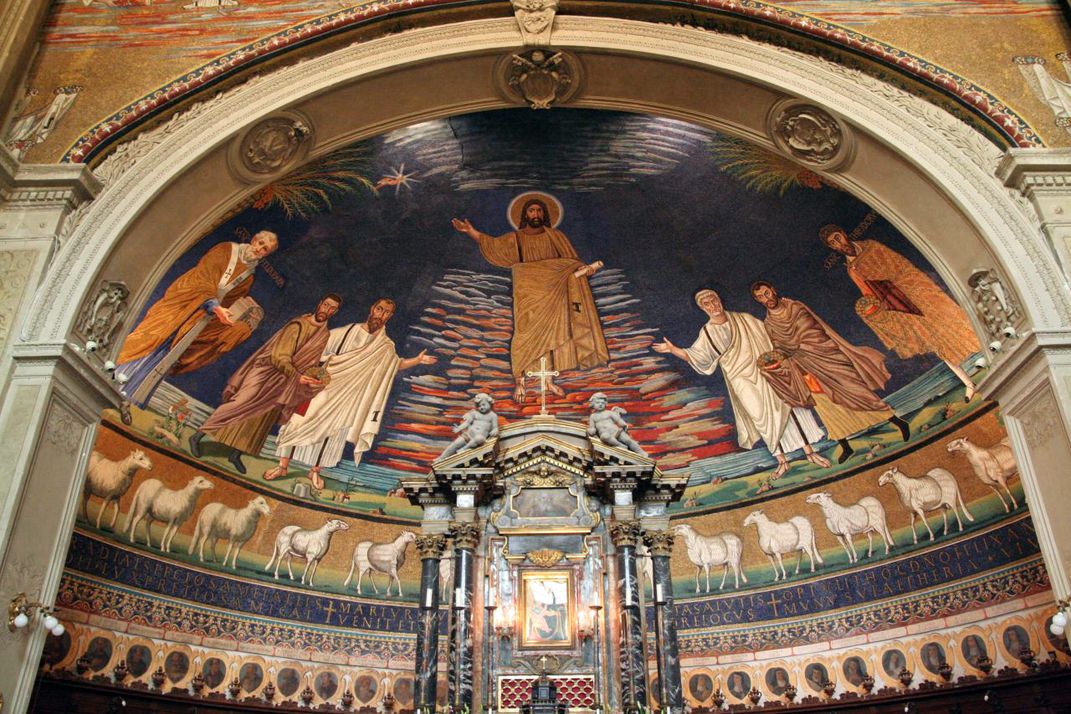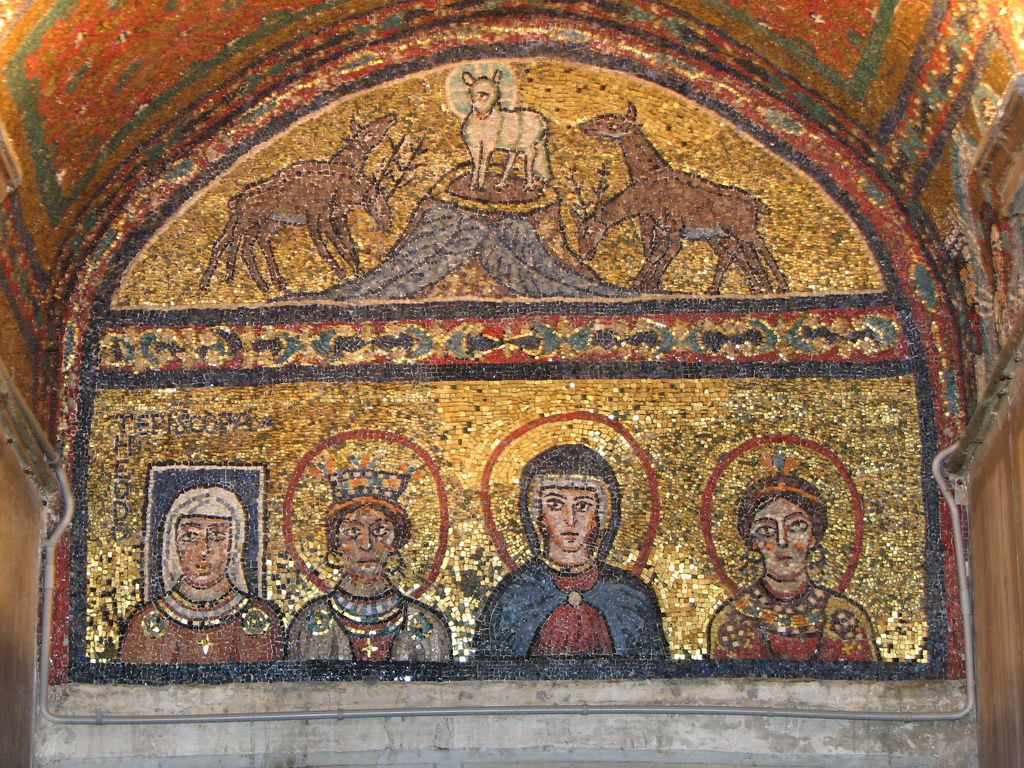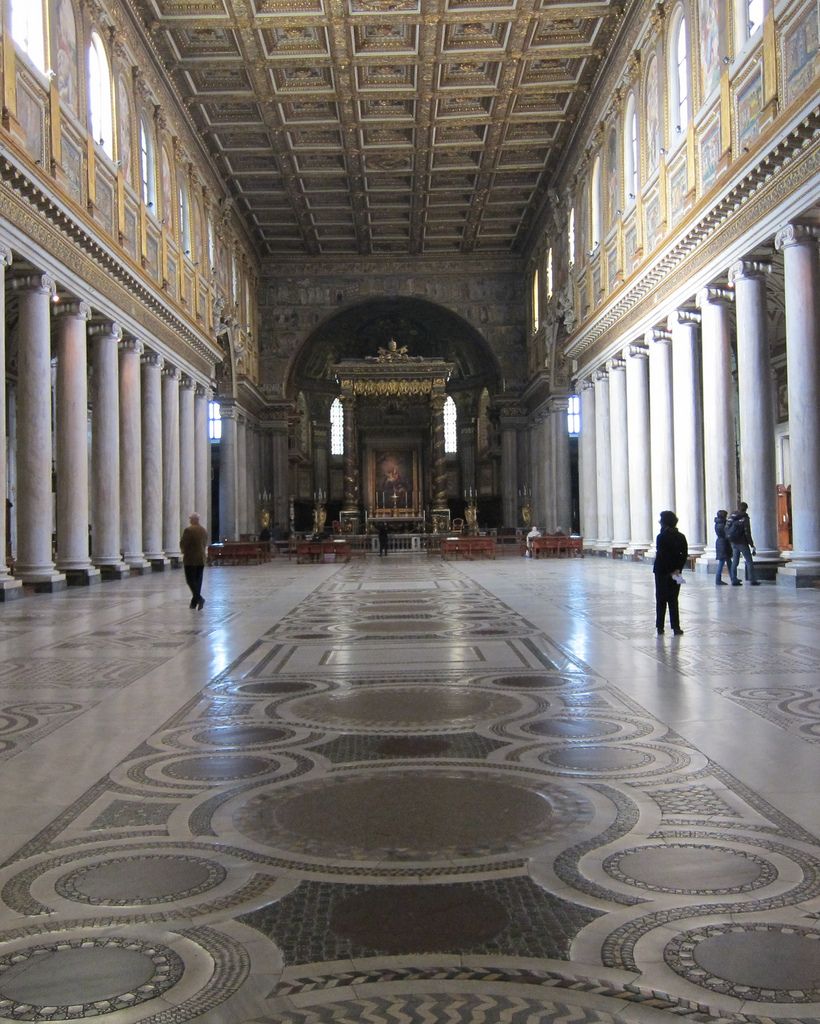Take a Mini-Tour of the Lenten Station Churches of Rome
During Lent, some Romans make an annual pilgrimage to churches all around the city, visiting one each day
/https://tf-cmsv2-smithsonianmag-media.s3.amazonaws.com/filer/0a/e1/0ae1052a-7d4d-45ea-8f7f-ee6ed8b73591/9740138420_bb9502318d_b.jpg)
During the 40-day season of Lent leading up to Easter Sunday, some Romans make an annual pilgrimage to churches all around the city, visiting one each day (with a few repeats)—a tradition that dates back to the fifth and sixth centuries. Early Christians would meet in a central place, and then travel to a station church to celebrate that day’s service, George Weigel, the author of Roman Pilgrimage: The Station Churches, explains in the Wall Street Journal. The tradition died out in 1305, when the Pope moved to Avignon, and was only revived in the 1970s by a group of Americans.
Along the station church way, one walks the funky streets of Trastevere, crosses the high Baroque Piazza Navona, breathes the aromas of the spice stalls on the Campo dei Fiori, skirts the ruins of the Circus Maximus. One day, you climb the Aventine Hill, with its splendid views of the entire city; two days later, on the slope of the Caelian Hill, you gaze into the ruins of the Palatine Hill, the Belgravia or Park Avenue of the days of Augustus Caesar.
The route takes the pilgrim past sites that jog the cultural and historical memory: the Forum, where Cicero and others defended the superiority of the rule of law over the rule of force or imperial whim; the Colosseum, reminder of the perennial human fondness for sport and the equally enduring human temptation to cruelty; the convents and churches and schools where Martin Luther and John Henry Newman pondered Rome's place in the Christian scheme of things; the Piazza Venezia, once the terminus of Caesar's triumphal march after crossing the Rubicon, later the site of the antics of a faux caesar, Mussolini.
The list of station churches is long, but here's a glimpse of a few.
The Basilica of St Paul Outside the Walls (pictured above), is outside the city, where St. Paul is interred. The church burned down in 1823, and took 100 years to rebuild, relying on donations from around the world. From the basilica website:
Leo XII was the pope responsible for the rebuilding of St Paul’s and being unable to provide for the enormous costs he appealed for help to the rest of the Catholic world through his encyclical of January 25th 1825 entitled Ad plurimas easque gravissimas. He received a huge response and not just from the Catholic world: Czar Nicholas 1st donated blocks of malachite and lapis lazuli (later used for the two sumptuous lateral altars in the transept) while King Fouad I of Egypt gave columns and windows made of the finest alabaster.
The Basilica of Sts. Cosmas and Damian dates back to the early Christian period in Rome, and was actually a Roman building first, before it was converted into a church sometime around the year 530 A.D.

St. Praxedes- St Zeno’s Chapel is covered in mosaics, including the funerary mosaic below. The woman second from the right is the Virgin Mary, with the saints Praxedes and Pudenziana on either side. The two saintly sisters were known for collecting the remnants of martyrs. The woman to the left, is Theodora, the mother of Pope Paschal I. The square halo around her head indicates that she was still living when the mosaic was completed.

Easter Sunday will find pilgrims crowding into churches all over Rome, including St. Peter’s Basilica to hear the Pope celebrate mass, but people wanting to finish out their journey will end up at the Basilica of St. Mary Major, seen here without any chairs in it.
